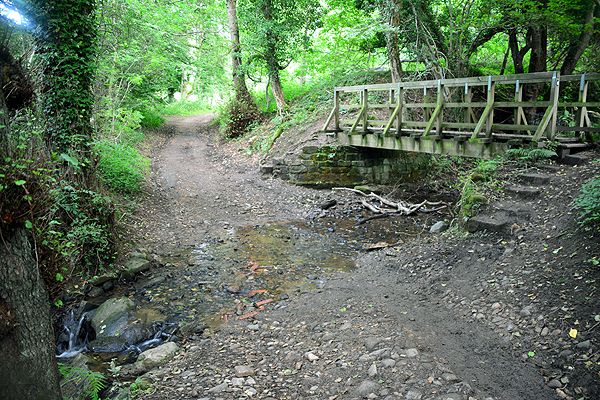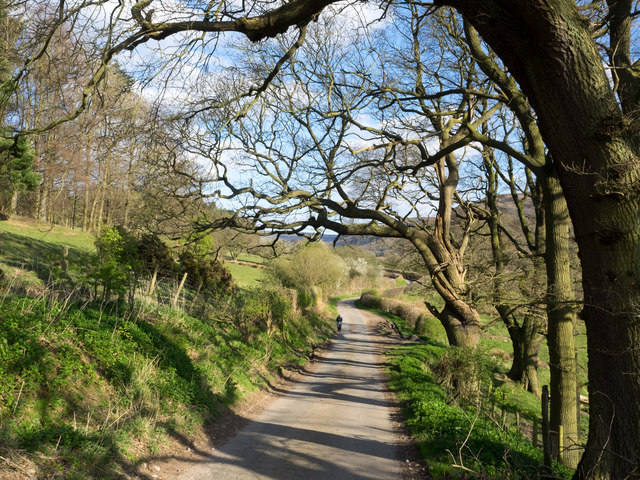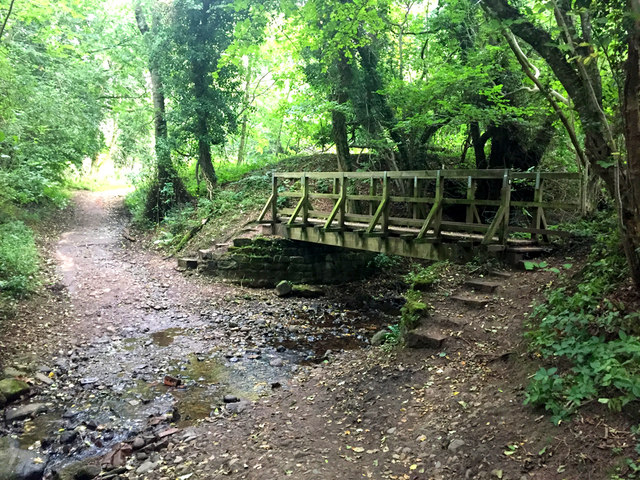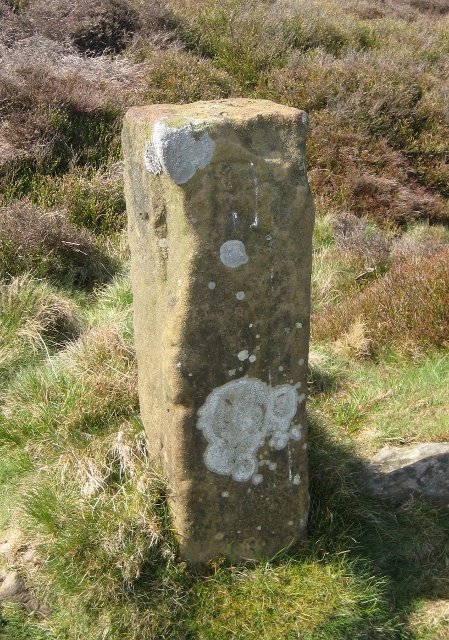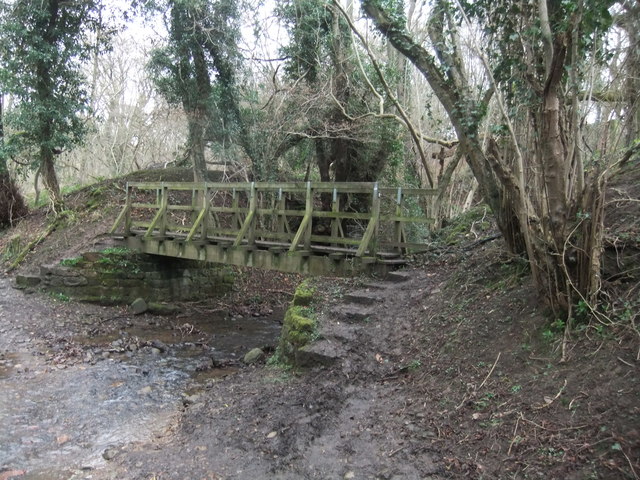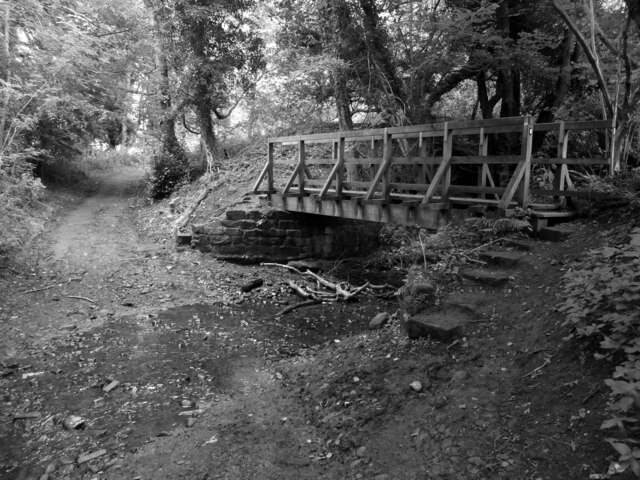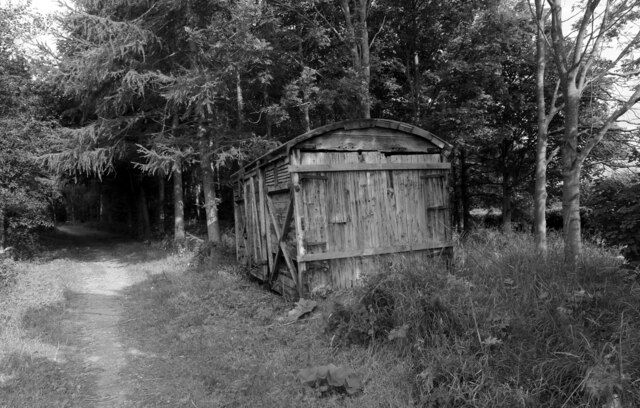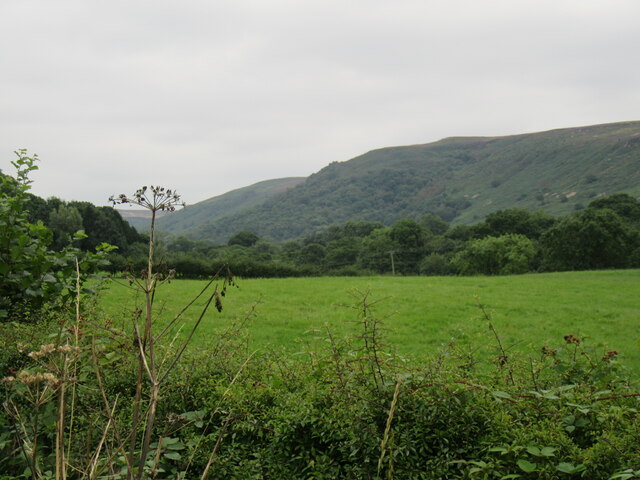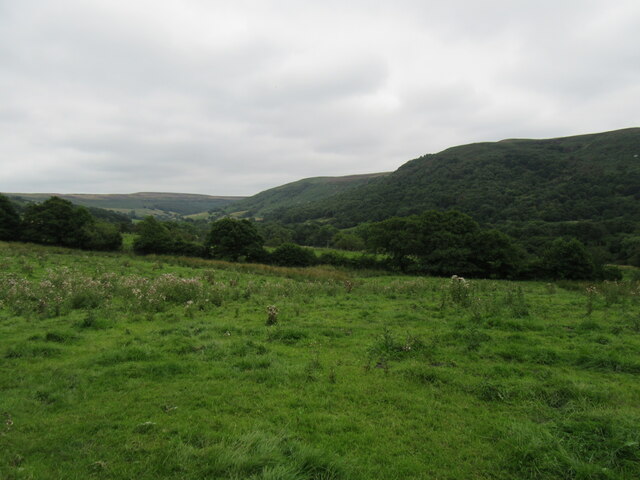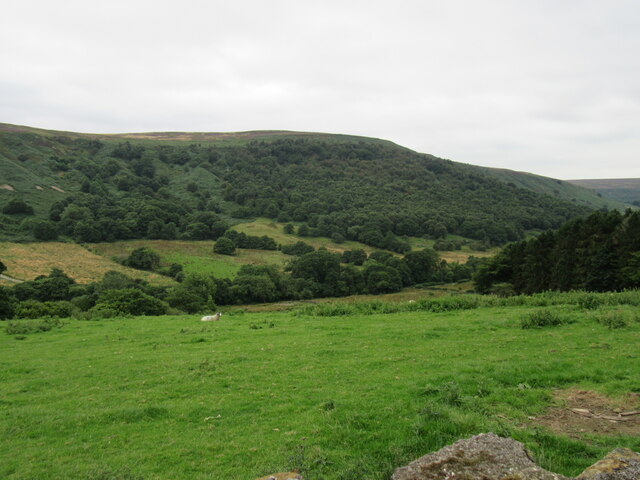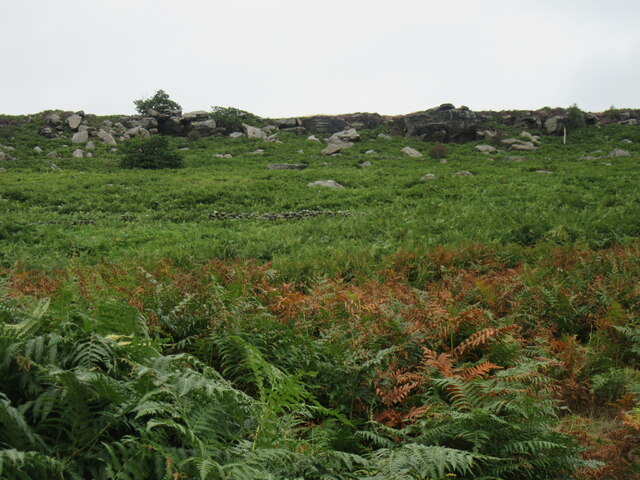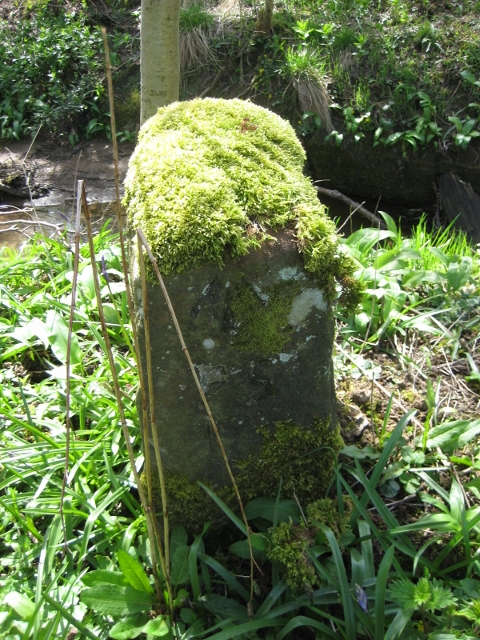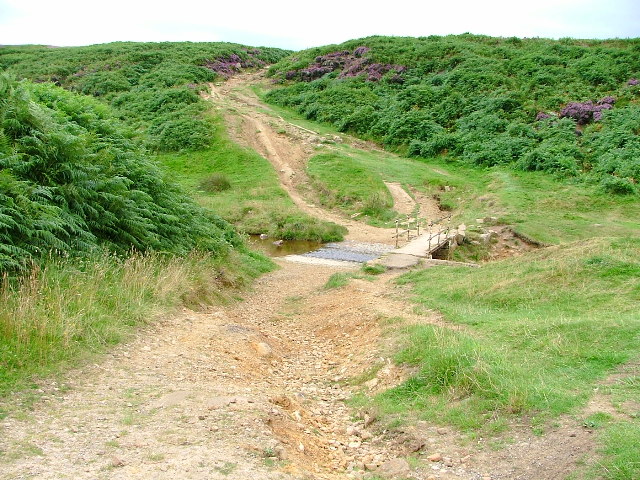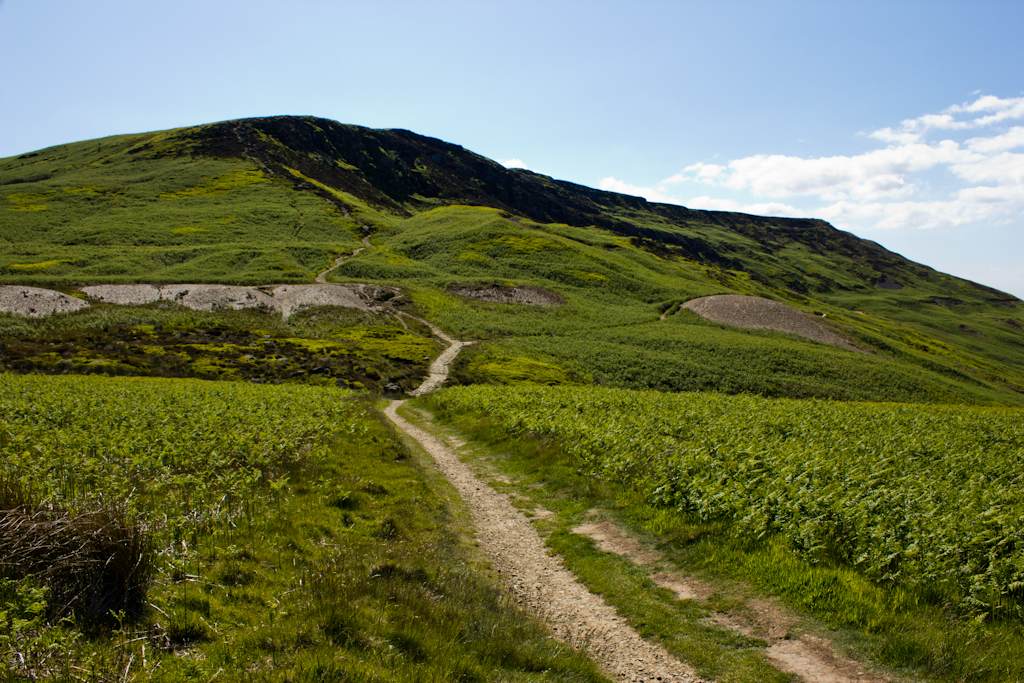Pin Howe
Heritage Site in Yorkshire Hambleton
England
Pin Howe
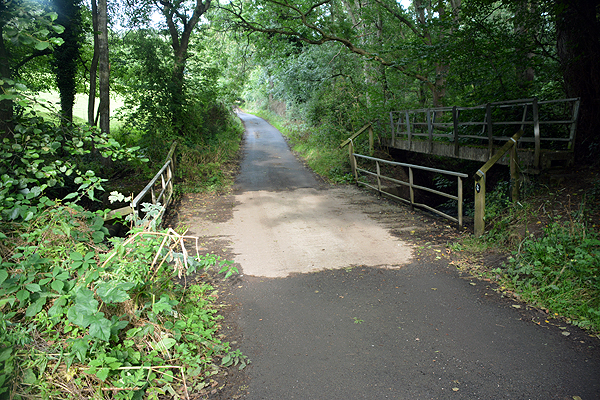
Pin Howe is a historic site located in the county of Yorkshire, England. It is renowned as a significant heritage site due to its archaeological importance and rich history. Situated near the village of Lockton, Pin Howe is a circular earthwork that dates back to the Late Bronze Age, approximately 3,000 years ago.
The site consists of a large, circular ditch with an inner bank, forming a distinctive rampart. The ditch is approximately 3 meters deep and 8 meters wide, while the bank measures around 5 meters in height. The earthwork encloses an area of around 1.3 hectares, providing a glimpse into the lives and activities of the Bronze Age inhabitants.
Excavations at Pin Howe have revealed traces of occupation, including pottery fragments, flint tools, and animal bones. These findings suggest that the site was once a settlement or an enclosure, possibly used for domestic or defensive purposes.
Pin Howe’s strategic location on high ground offers panoramic views of the surrounding landscape, providing an advantageous position for observation and defense. The site's elevated position also offers a unique perspective on the nearby North York Moors National Park.
Today, Pin Howe stands as a testament to Yorkshire's ancient past and serves as an important educational resource, attracting visitors interested in archaeology, history, and prehistoric culture. The site is managed by local authorities and offers guided tours, allowing visitors to explore and learn about the fascinating Bronze Age period.
If you have any feedback on the listing, please let us know in the comments section below.
Pin Howe Images
Images are sourced within 2km of 54.388/-1.222 or Grid Reference SE5099. Thanks to Geograph Open Source API. All images are credited.
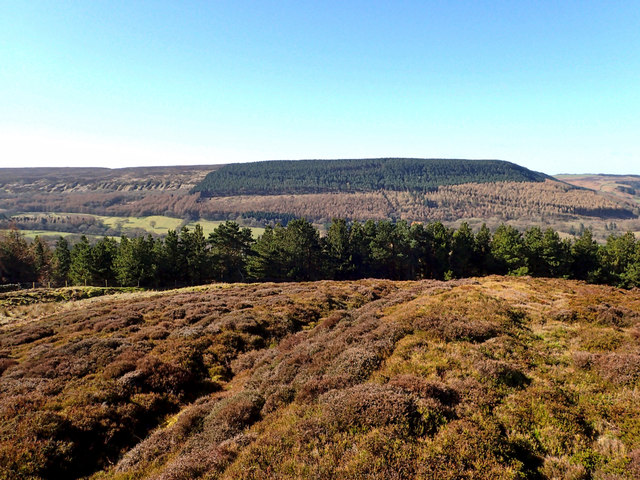
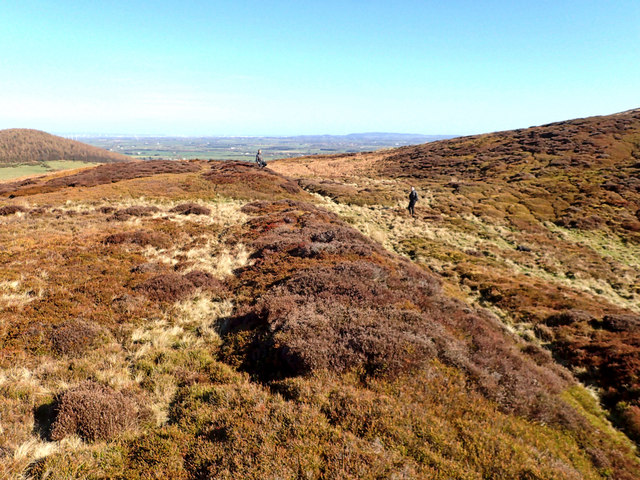
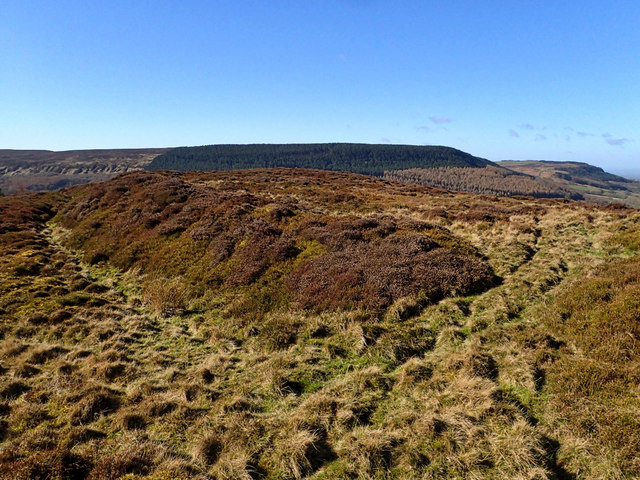
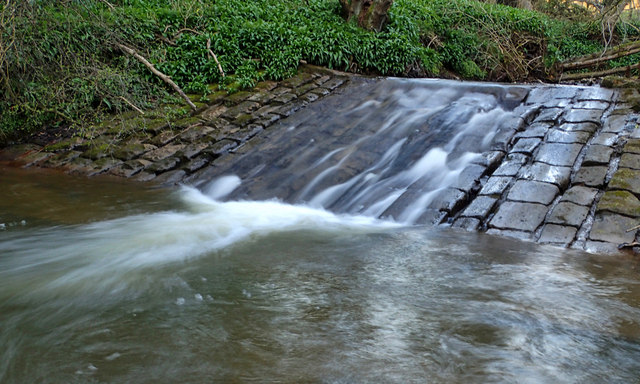
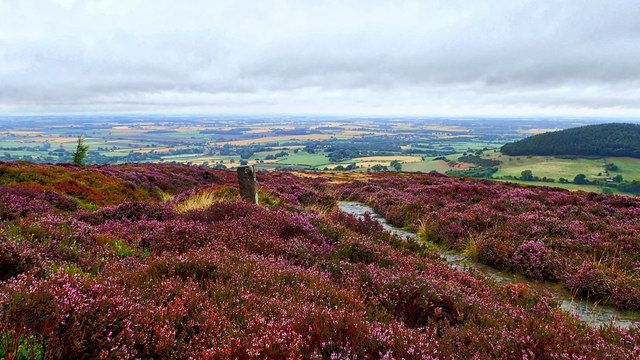
Pin Howe is located at Grid Ref: SE5099 (Lat: 54.388, Lng: -1.222)
Division: North Riding
Administrative County: North Yorkshire
District: Hambleton
Police Authority: North Yorkshire
What 3 Words
///massive.forwarded.elsewhere. Near Bilsdale, North Yorkshire
Related Wikis
Cleveland Hills
The Cleveland Hills are a range of hills on the north-west edge of the North York Moors in North Yorkshire, England, overlooking Cleveland and Teesside...
Sheepwash, North Yorkshire
Sheepwash is a popular tourist spot in the North York Moors, North Yorkshire, England. It is located on Cod Beck which flows into Cod Beck Reservoir near...
Whorlton, North Yorkshire
Whorlton is a hamlet and civil parish in the Hambleton District of North Yorkshire, England. It is very near Swainby and the A19, and 6 miles south west...
Faceby
Faceby is a small village and civil parish in North Yorkshire, England. It is at the north-west corner of the North York Moors and near Stokesley. ��2...
Swainby
Swainby is a village in the Hambleton District of North Yorkshire, England. It is situated on the A172 road, 8 miles (13 km) north-east from Northallerton...
Whorlton Castle
Whorlton Castle is a ruined medieval castle situated near the abandoned village of Whorlton (at grid reference NZ4802) in North Yorkshire, England. It...
Cod Beck Reservoir
Cod Beck Reservoir is a man-made lake situated within the North York Moors National Park and near the village of Osmotherley in the English county of North...
Cringle Moor
Cringle Moor (also known as Cranimoor), at 432 m (1,417 ft), is the third-highest hill in the North York Moors, England, and the highest point west of...
Nearby Amenities
Located within 500m of 54.388,-1.222Have you been to Pin Howe?
Leave your review of Pin Howe below (or comments, questions and feedback).
